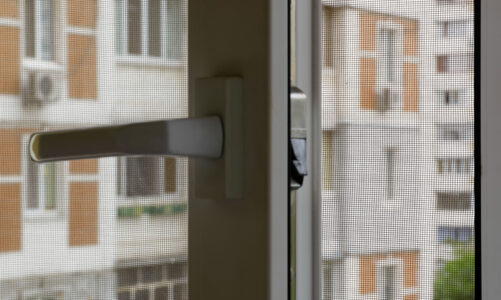Architectural styles evolve over time. That’s why modern architecture looks nothing like the Colonial or Victorian eras. But what is considered modern can evolve as well. Take Mountain architecture. This well-known style has evolved into something known as Mountain Modern, or Mountain Contemporary if you will.
Mountain style architecture is known for its ample use of natural materials, like timber beams and natural stone. It covers everything from the typical log cabin in the woods to the spectacular mountaintop ski chalet. Mountain Modern starts with the same basic concepts and goes from there.
Suffice it to say that not all Mountain style homes are Mounting Modern. To tell the difference, Park City, Utah architectural firm Sparano + Mooney recommends paying attention to four key aspects:
1. Clean Lines
One of the main features of Mountain Modern is an emphasis on clean lines. The lines do not necessarily have to be horizontally or vertically straight, but architects tend to stay away from excessive curves and confusing intersections. A typical A-frame is a good starting point because its lines are clean by design.
Clean lines represent a very modern aesthetic. They are visually unobtrusive but well-defined. They give a home definition by creating contrast between the structure and the less clean nature of surrounding mountain landscapes. It is that contrast that makes the clean lines so necessary and spectacular.
2. Lots of Large Windows
Mountain Modern is all about creating homes that maximize the spectacular mountain views. To take in all of that beauty, you need large windows – and plenty of them. So an architect might design a two-story great room with floor-to-ceiling windows. Bedrooms overlooking a particular attractive view may feature an exterior wall that is nothing but glass.
It doesn’t matter where you go in the house, a true Mountain Modern retreat offers unending views. Moreover, the windows are meant to be uncovered all day. Window treatments are reserved only for the overnight hours.
3. Neutral Colors
People who appreciate Mountain Modern tend to also appreciate the natural beauty of the mountain environment. In order to not detract from that environment, they stay away from bold and obtrusive colors. Designers honor that preference by sticking with neutral color schemes.
This applies both inside and out. Interior color schemes are quite often earth tones complemented by natural elements like exposed timbers and stone. On the exterior, neutral color schemes are achieved by relying mainly on natural elements for creating the facade.
4. Locally Sourced Materials
One of the more interesting features of Mountain Modern that rarely gets talked about is the focus on locally sourced materials. Designers and builders could import materials from elsewhere, but those materials would look out of place on the build site. To avoid such visual discrepancies, builders insist on as many locally sourced materials as possible.
Obtaining the right materials allows for designing a house that seems to flow more naturally from the surrounding area. Instead of looking like it was built on the land, a Mountain Modern home looks more like it was birthed from it. That is the goal of using locally sourced materials.
Of course, this is not always possible. Sometimes builders have to bring in materials from elsewhere. But in such cases, they want materials that look as close to local as possible.
So, what do you think? How do you feel about Mountain Modern? It has really taken off in states like Utah, Wyoming, Montana, and Colorado. People choosing to build homes in the mountains want those homes to look like they belong. Mountain Modern design accomplishes that.




